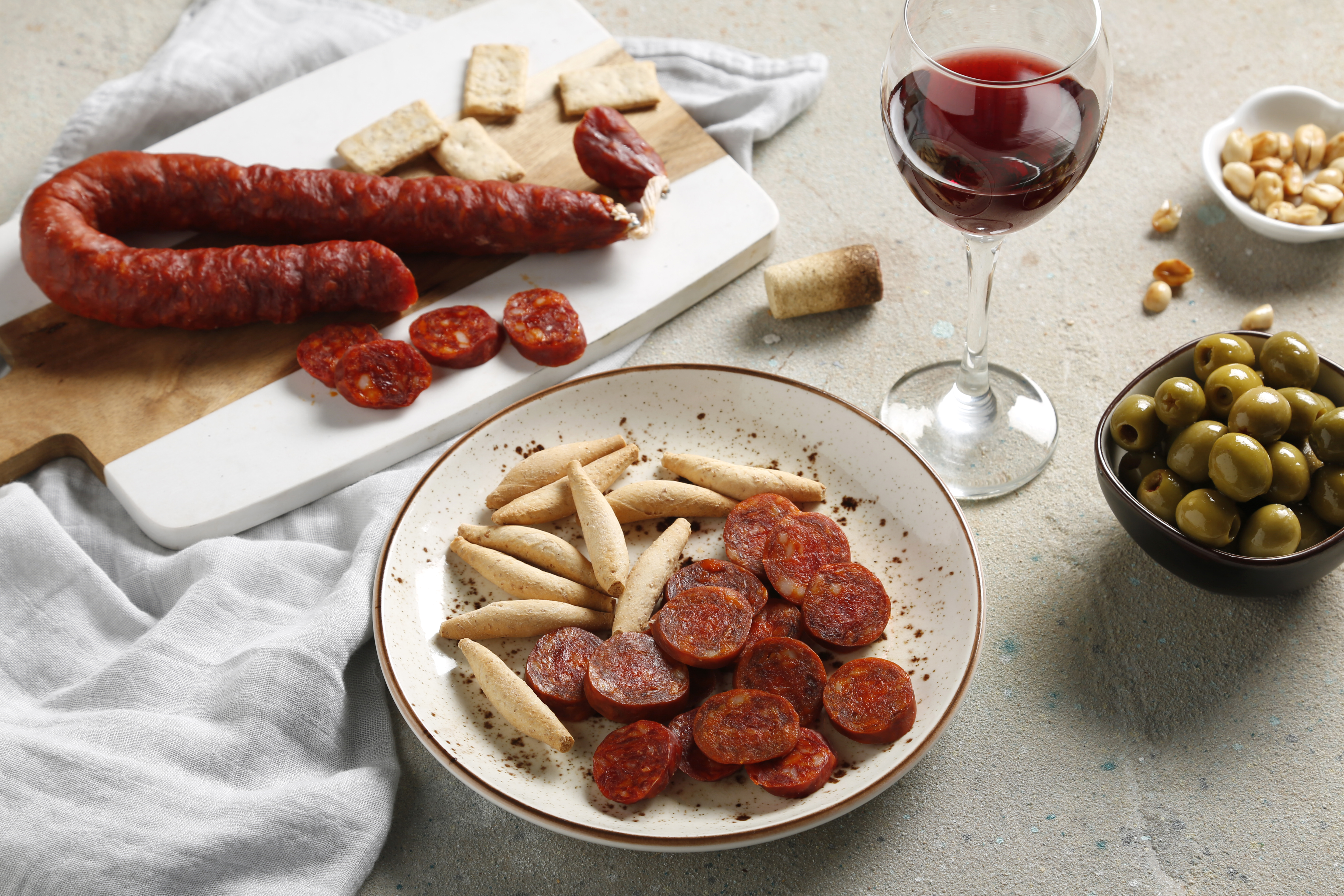If there is a concept that has been associated with Spanish gastronomy since time immemorial, it is the word “tapa”. Cold or hot; big or small; served as a snack, as an appetizer or as a meal in itself; eaten alone or with friends... The tapa is part of our culture and a universal gastronomic concept that has crossed borders and is appreciated all over the world.
It is an art and a sign of identity of our country, synonymous of informality and time with friends.
There are thousands of bars serving these small portions throughout the country. Thousands of varieties to satisfy all palates. And the fact is that, in Spain, we know a lot about eating and preparing tapas, but what perhaps not so many people know is how and where they came about.
The origin of the cover
Although there are many stories and anecdotes about how they were born, many voices attribute a “real” originto the lid.
Different sources claim that it was King Alfonso X the Wise who forbade the serving of wine in Castilian inns unless it was accompanied by something to eat. This was to prevent the wine from going to the head and to try to prevent accidents.
This accompanying food was placed on top of the glass or cup, hence its name: “tapa”. In those days, the tapa usually consisted of slices of a typical sausage of the area, mainly ham or chorizo, or even portions of cheese.
Other voices place its origin further south, in the province of Cadiz, when King Alfonso XIII was visiting the area. The monarch and his entourage stopped to eat and asked for a glass of sherry wine. The waiter, to prevent the wine from filling with sand, placed a slice of ham over the goblet to cover it. The monarch ate the “tapa” and drank the wine, and thus was born one of the oldest traditions of our gastronomy.
A concept that crosses borders
Over time, tapas have evolved, crossed borders and become international. They have also diversified in quantity, quality and flavors. Today we can find from simple appetizers and small portions to accompany a drink, to elaborate portions that can replace a lunch or dinner.
Also outside our borders the concept has spread and is well appreciated as asymbol of Spanish culture, so it is not surprising to find people tasting “tapas” without complexes in front of Big Ben, in the Trevi Fountain or in some corner of the Montmartre district.
Chorizo sausage, the king of tapas
To think of tapas is to think of chorizo. This sausage is undoubtedly one of the absolute kings of tapas, being the ideal accompaniment to a good wine. Sliced, more or less cured, as an ingredient in a traditional stew...
The riojan chorizo is the ideal companion for lunches and dinners, the appetizer that should never be missing and the flavor that transports us again and again to the land.




